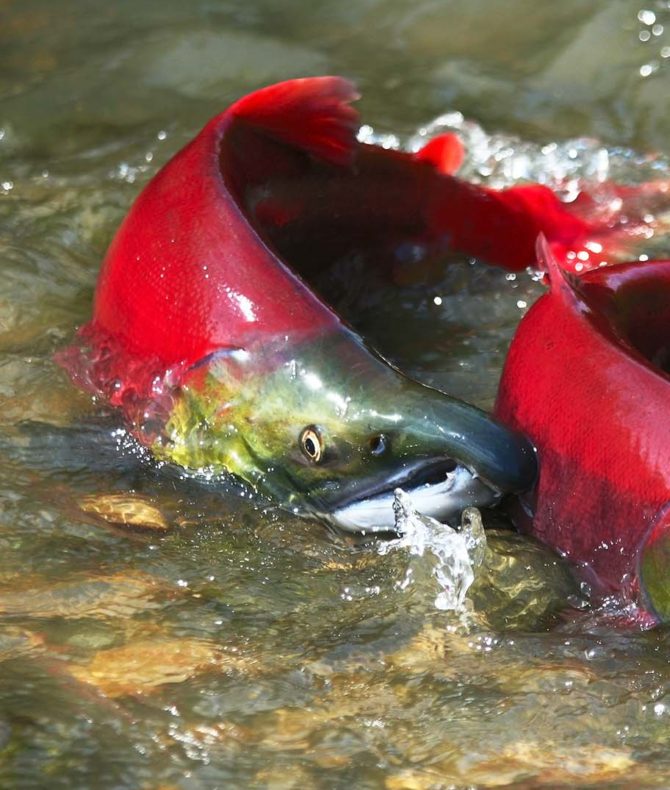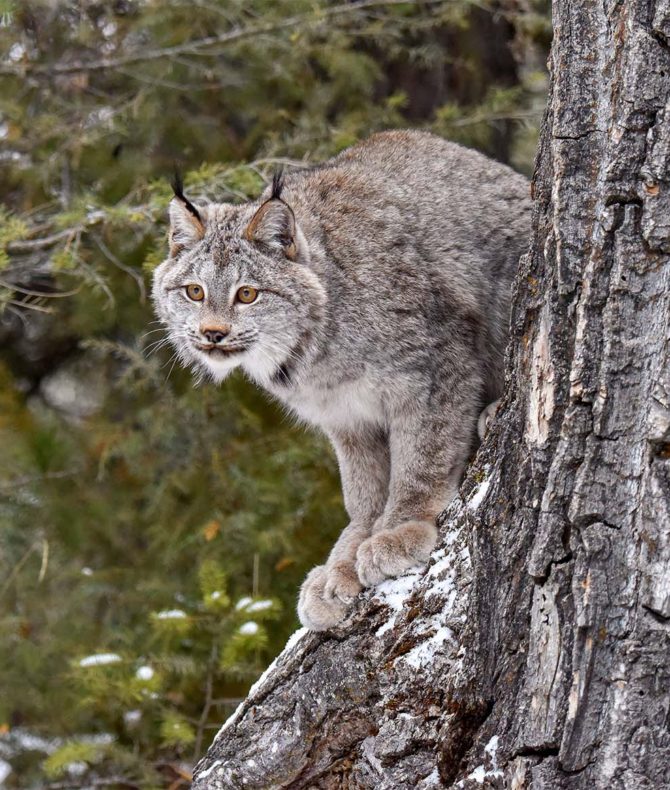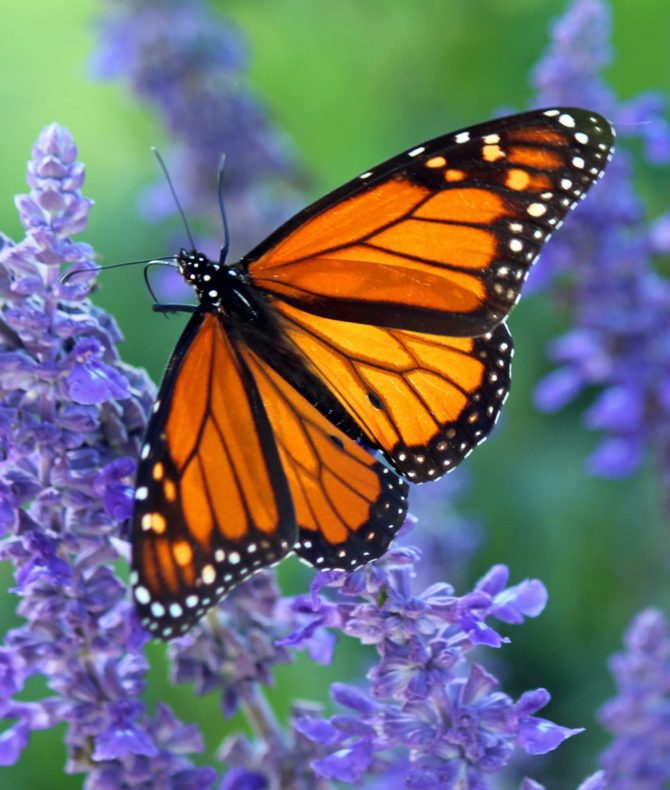About
Located within the traditional and unceded territory of the Mi’gmaq / Miꞌkmaq First Nation and split between the Canadian provinces of New Brunswick and Nova Scotia, the Inner Bay of Fundy covers over 700,000 hectares and boasts one of the richest coastal and marine ecosystems in Canada. Twice each day, billions of tons of seawater flow in and out of the bay, creating the world’s highest tides and an incredibly diverse range of habitats. At low tide, extensive tracks of beaches, mudflats, and salt marshes provide feeding grounds for millions of shorebirds and waterfowl, while below the waves, ancient horse mussel reefs and kelp forests support the foundation of the marine food web, from benthic invertebrates all the way up to seals, sharks, and whales.

Challenge
A variety of both historic and modern human activities are putting significant pressure on this unique ecosystem, from coastal wetland dyking and draining in the 17th century, to unsustainable fishing practices and microplastic pollution today. Over 20 different pressures have been identified that, collectively, present a very high risk to the Inner Bay of Fundy’s natural and cultural heritage. Given both the geographic scope and cumulative impacts of these pressures, meaningful conservation in the Inner Bay of Fundy cannot be achieved by any single organization alone.
Solutions
With support from the Canadian Wildlife Service, Global Conservation Solutions is leading the development of a collaborative conservation plan for the Inner Bay of Fundy involving more than 15 different partner organizations, including NGOs, provincial and federal government agencies, indigenous groups, and universities. By applying the Conservation Standards framework across a series of professionally facilitated workshops, the planning team is gaining a shared understanding of the current health of the Inner Bay of Fundy ecosystem, and developing a set of meaningful and measurable goals, strategies, and objectives to track progress toward achieving our collective vision for the future.
Results
While the development of this conservation plan is ongoing, the team has already identified a suite of solutions to conserve and restore the bay’s unique species and habitats. As we continue working together over the coming months, a short list of strategies will emerge, which will be collaboratively implemented over the next decade to ensure that the natural and cultural heritage of this incredible place is safeguarded for generations to come.




